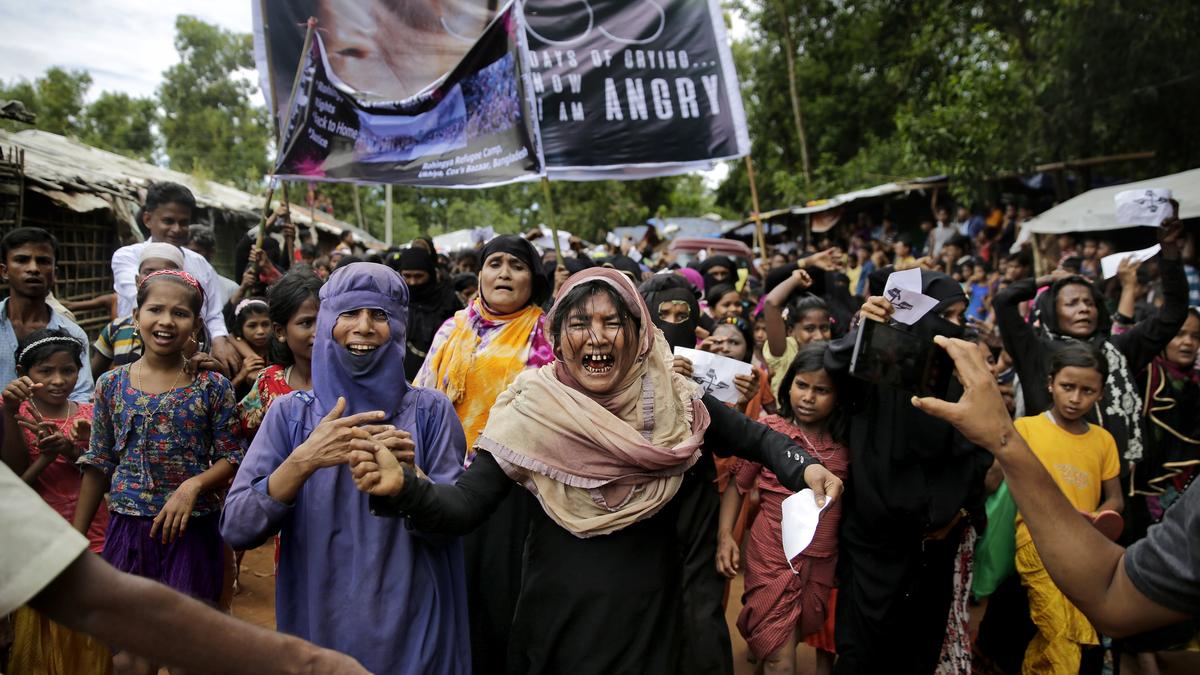
Review of The Routledge Handbook of South Asia Region, Security and Connectivity: Fractured identity
The Hindu
Review of The Routledge Handbook of South Asia Region, Security and Connectivity
The six blind men of the proverbial story touching an elephant and describing it partially fail in the task assigned to them, but they succeed in conveying its complexity. In contrast, the 25 scholars belonging to different disciplines, carefully chosen by the two editors, Adluri Subramanyam Raju and R. Srinivasan, of The Routledge Handbook of South Asia Region, Security and Connectivity, have succeeded on both fronts. They convincingly analyse the bewildering diversity, size and scale of the challenges of South Asia, helping us to grasp its essential reality, even though it is one of the most complex regions of the world. The handbook is a rare treasure for those interested in deciphering the history, ethnic identities, colonial legacy, political economy, environmental risks, and geopolitical dynamics of South Asia.
A labour of love by a dedicated band of social scientists, economists, IR scholars, and other experts, this brilliantly edited and crafted volume will help not only university academics, researchers, and policymakers, but also students who, while approaching the region from the narrow confines of a single discipline, yearn for a truly holistic view of “the genesis, course and future potential of South Asia as a region.”
The stakes are indeed high. Stretching west to east from the Iran-Afghanistan frontier to the India-Myanmar border and north to south from the Himalayan mountains to the Indian Ocean, South Asia is home to one-sixth of humankind. Of the eight countries that constitute it, India has the largest population in the world. It is also the nation with more hard and soft power than the rest of the seven combined, which are located around its periphery. However, India’s strength and centrality do not reduce its vulnerability to pressures and dangers from its neighbourhood. South Asia’s salvation and mutual interest, therefore, lie in the path of cooperation and integration rather than confrontation and divisiveness. If this objective reality is so easy to grasp and articulate, why does the region remain one of the least integrated regions of the world? Why is it still mired in its multiple conflicts, challenges and inner demons though, of late, the world has noticed its impressive achievements too?
The answers lie in the combined wisdom offered by this book. Divided into five parts, the introduction and 24 chapters, it delves into the nature of South Asia as a region; its political, social and security systems, its key economic facets with a focus on commerce and connectivity; human security issues covering climate change, water resources, energy security and potential for sustainable development; and the role and position of South Asia in a multipolar world. The last part offers a critical comparison of experiments in regional integration in the region and elsewhere (e.g., EU and ASEAN) as well as a penetrating analysis of the approaches adopted by the U.S. and China in dealing with South Asian states. Almost all parts are good, and the total package is excellent.
Several important messages and conclusions emerge from this well-researched volume running into 400 pages, printed in a small font. Six of them need to be highlighted here.
One, the region has been moulded by a colonial legacy that left it with “intense bloodshed” apparently inspired by religious divides even though the populace shared “more commonalities in culture than the dissimilarities based on religion.” And yet ethnic diversities persist in hampering the growth of “the composite new national identities.” Two, democracy has found fertile soil in the region, albeit in an imperfect manner. In some parts of South Asia such as India, democracy has met with greater success than in other parts such as Pakistan. The transition of some states from a monarchy to a democracy and republican system has been rated as “chaotic.” Religion continues to play an important part “both in shaping the society and in the governance in its affairs.”
Three, South Asia which marched on the path of the socialist experiment in its search for social justice for decades, experienced the winds of change brought by globalisation in the 1990s. As a result, the region changed direction to step into the era of economic liberalisation. The sustained economic growth of India and Bangladesh in the past three decades gives credence to the view that real economic cooperation at the regional level has “the potential to place South Asia as a major economic powerhouse in the world.” For this to materialise, closer economic and trade ties and connectivity are fundamental instruments for faster economic development. On this score, regional institutions such as SAARC and BIMSTEC have both performed below potential. And now, a new and multi-dimensional constraint is the rise and intrusion of China into the South Asian space. “China has become part of South Asia,” as the editors note, “in more ways than one, and its BRI outreach is distinctly evident.” It has proved too tempting for many states, despite its obvious downsides.











